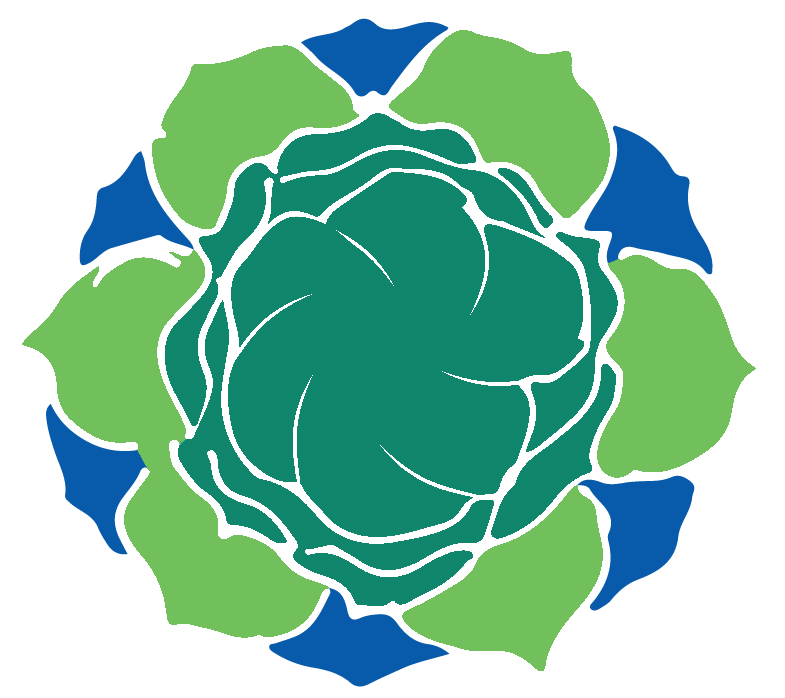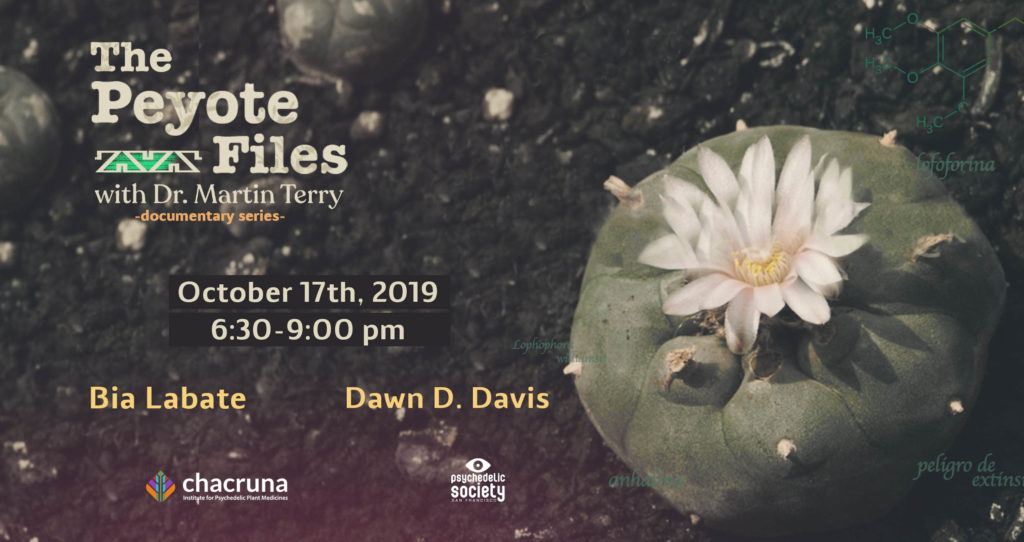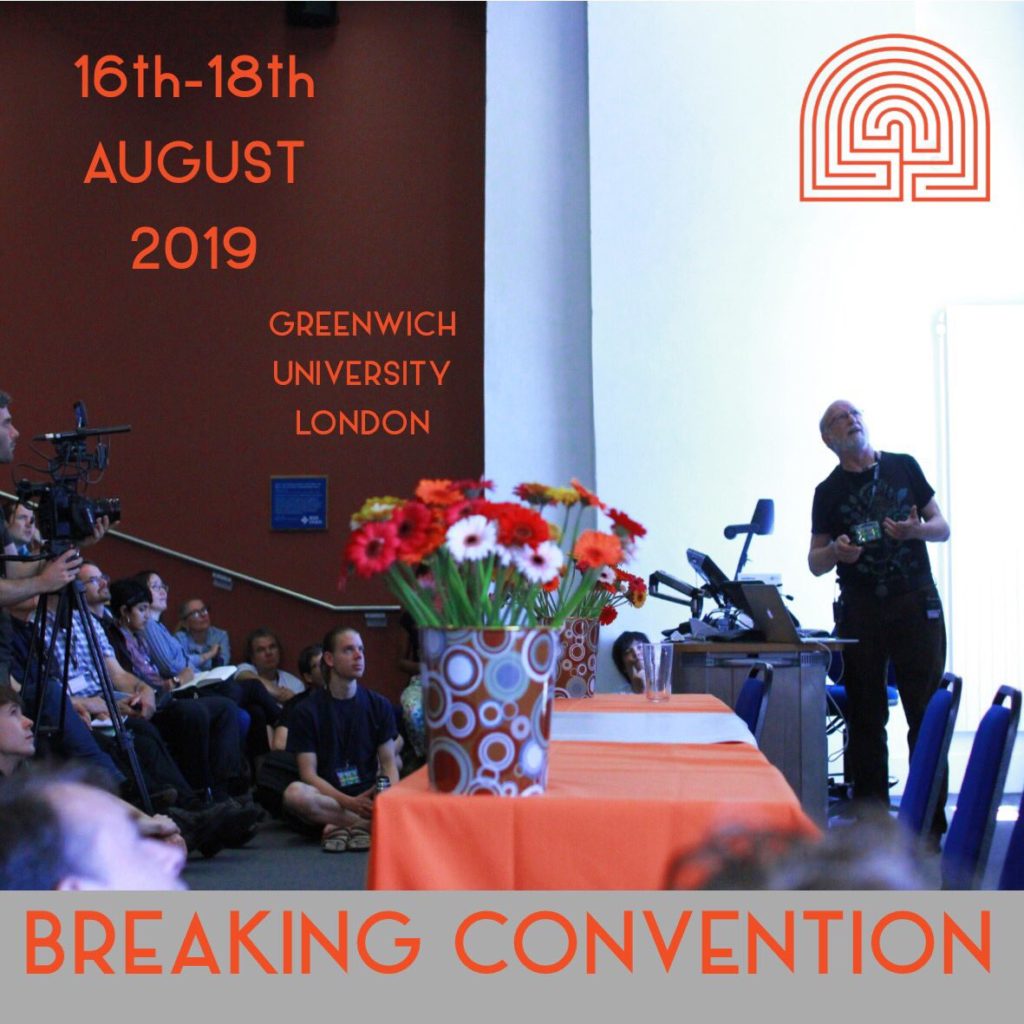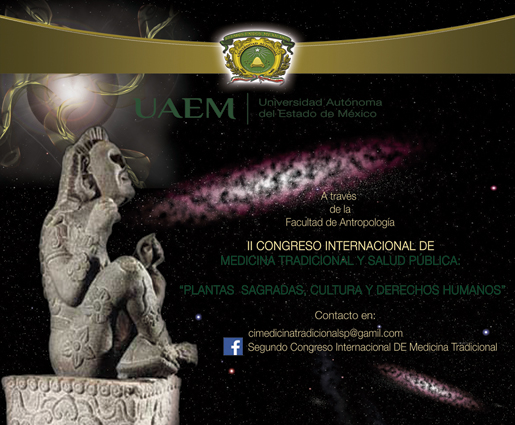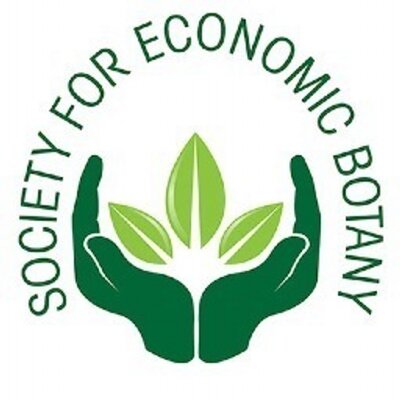Society For Economic Botany annual meeting
2012.
This is a presentation given by Martin Terry at the 2012 annual meeting of the Society for Economic Botany.
ABSTRACT:
Current data on supply and demand of peyote (Lophophora williamsii) for religious use by the Native American Church (NAC) show that the plant is being unsustainably harvested from wild populations in Texas and Mexico. To provide adequate supplies of peyote for ceremonial use, the NAC is considering greenhouse cultivation as an alternative to wild harvesting. Objectives: To determine the historical and actual role of cultivation of peyote in Native American cultures, and to assess its potential role in preserving the peyote religion and in conserving the vulnerable species L. williamsii in the future. Methods: Review of the literature and direct field observations provided data on instances of peyote cultivation by native cultures in the past. Invited participation in policy discussions of the NAC of North America (NACNA) provided current data on native American attitudes toward cultivation of peyote. Technical aspects of cultivation of peyote were investigated by interviews with horticulturalists and experimental work with Lophophora in a greenhouse environment. Results: Cultivation of peyote is ancient practice. There are documented instances of prehistoric plantings of peyote at native encampment spots in Texas. NACNA attitudes toward NAC cultivation of peyote have become more positive in recent years as the crisis of peyote scarcity has deepened. To be acceptable to the NAC, cultivation techniques must produce natural peyote. Grafting of peyote onto other cactus species may be appropriate to expedite seed production, but grafted plants are not themselves intended for ceremonial purposes. Conclusion: Many members of the NAC recognize that cultivation of peyote constitutes a means whereby local churches can exert control over the supply of their sacrament. Widespread local implementation of greenhouse cultivation would reduce the harvesting pressure on wild populations, thus preserving the medicine for future generations.
Martin Terry - Cultivation of peyote by Native Americans: Past, present and future

